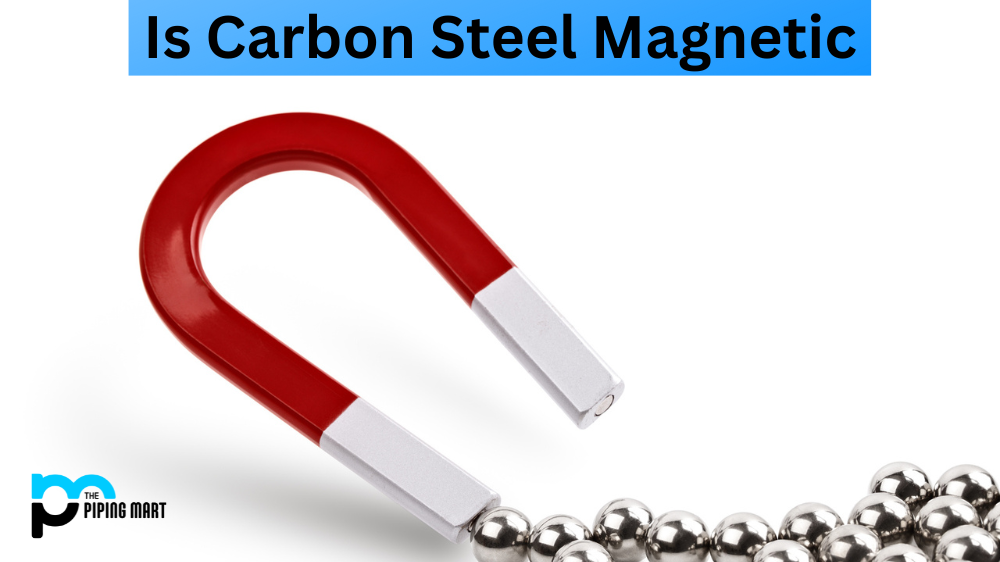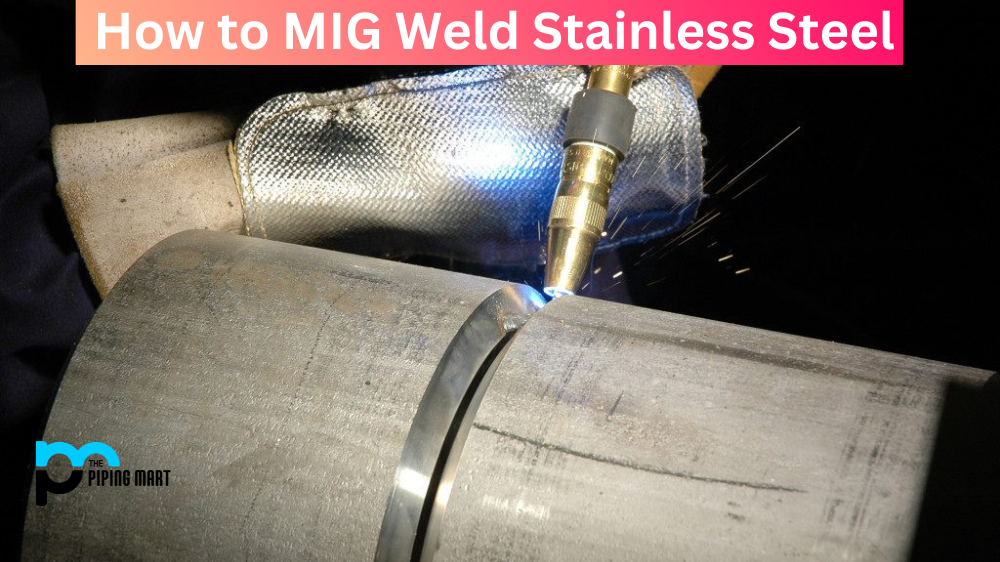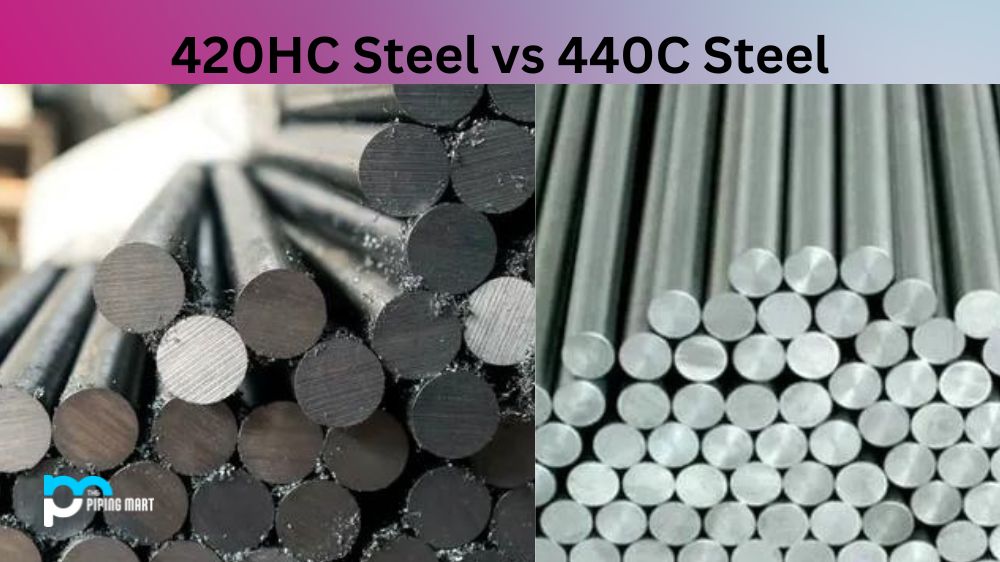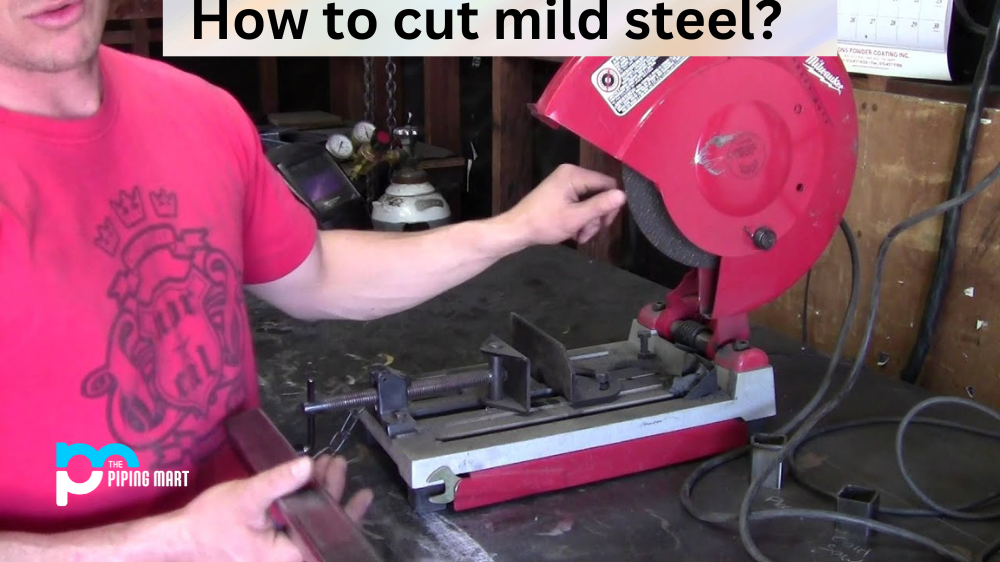Many mechanical engineers and metalworking hobbyists are familiar with the use of magnets for various projects. However, not all magnets are created equal. Depending on the project, some magnets might be better suited than others. One such magnet is carbon steel, which has both advantages and disadvantages. Let’s take a closer look at these pros and cons so that you can determine if carbon steel is the right choice for your next project.
All common carbon steels, including mild steel, are not magnetic. This holds true even if the steels have been quenched and tempered or have had other forms of heat treatment applied. Other low alloy steels, such as those used to make tool steel, are also not magnetic. Even though these materials contain varying amounts of ferrous material (iron), they still do not attract a magnet when subjected to a magnetic field. This is because their structural makeup means that the iron is spread too evenly and diffusely throughout the material for any localized attraction to occur.
Advantages of Carbon Steel Magnets
Carbon steel magnets offer several advantages over other types of magnets. For starters, they are relatively inexpensive compared to other types of magnets like rare earth metals, making them ideal for large-scale projects where cost is a major concern. Additionally, they are relatively easy to machine compared to other types of magnets due to their strength and hardness, which makes them a great option for precision applications where accuracy is key. Finally, they have high thermal stability, which makes them suitable for applications that require exposure to high temperatures or extreme changes in temperature.
Disadvantages of Carbon Steel Magnets
Unfortunately, carbon steel magnets also have some drawbacks. For one thing, they are not as powerful as other types of permanent magnets like neodymium or samarium cobalt; this means that they may not be suitable for applications that require significant amounts of force or power from the magnet itself. Additionally, carbon steel does not retain its magnetic properties as long as more powerful rare earth metals; this means that it may need to be replaced more often if used in an application that requires frequent exposure to heat or extreme temperatures. Finally, it may corrode over time due to its ferromagnetic properties; this means that it will need to be cleaned frequently or treated with protective coatings in order to maintain its effectiveness over time.
Conclusion
Carbon steel magnets offer a unique combination of affordability and strength compared to other types of permanent magnet materials like neodymium or samarium cobalt. While they do have some drawbacks—such as reduced power levels and potentially shorter lifespans—they can still be very useful in certain applications where cost savings and ease-of-machineability are paramount concerns. Ultimately, whether or not you decide to use carbon steel for your next project will depend largely on what kind of performance you need from your magnet and how much money you’re willing to spend on it. In any case, understanding both the pros and cons associated with using carbon steel can help you make an informed decision when choosing a magnet material for your next project.
Sakshee is a talented blogger, with a particular focus on the Business and Metal Industry. She is passionate about sharing her insights on various metal products and helping professionals to make a better decisions.




